Video security is advancing rapidly thanks to new technologies powered by machine learning and artificial intelligence. These types of advancements have given birth to new features like Automatic License Plate Recognition (ALPR) cameras which have been useful in identifying vehicles for different purposes. In this article, we will learn more about the basics of ALPR cameras, their types, use cases, and important considerations when purchasing one.
What is ALPR and How Does it Work?
First, let’s understand what ALPR is. ALPR means Automatic License Plate Recognition. It also has other names like Automatic Number Plate Reader (ANPR), License Plate Recognition (LPR), or Number Plate Recognition (NPR). It is a technology that automatically captures and interprets license plate information.
If you’d like to get more information about how ALPR engines work, read The Complete Guide to Learning What is ALPR.
What is an ALPR Camera?
An ALPR camera, on the other hand, is a specialized surveillance camera that uses advanced image processing technology to automatically capture and interpret license plate information from vehicles. It is equipped with algorithms and software that analyze the captured images or video streams to detect and recognize license plate characters.
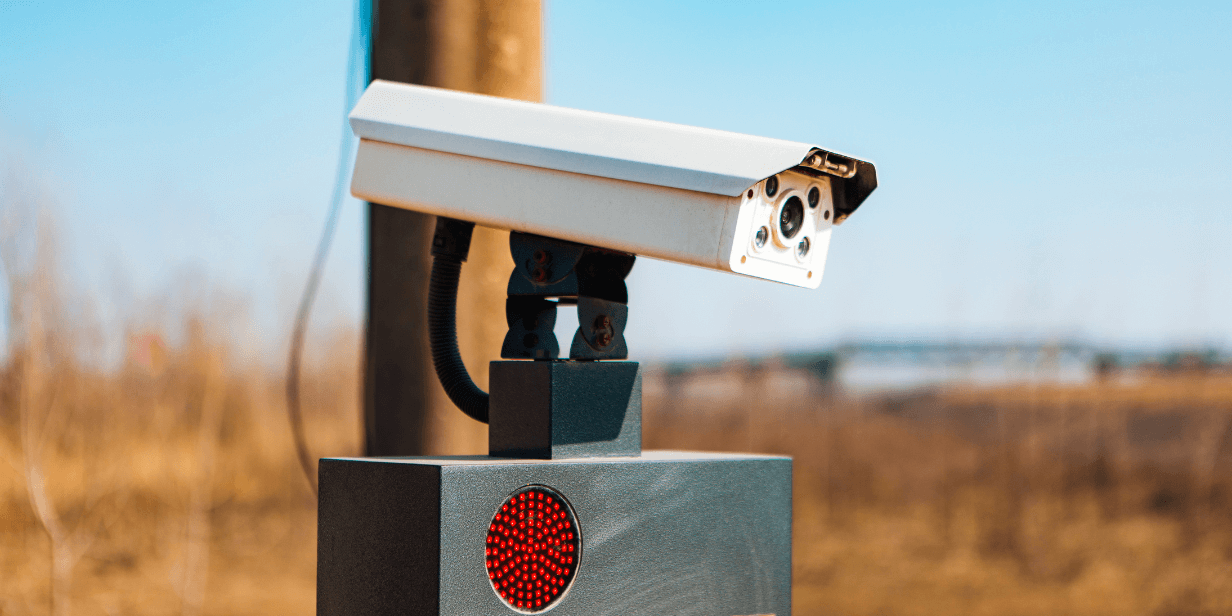
ALPR Camera in a parking lot. Source: Canva
Common Built-in Features
Aside from license plate recognition, ALPR cameras also have the following useful features:
High-Quality Imaging
Most ALPR cameras are equipped with high-resolution sensors and lenses to capture clear and detailed images of license plates, even in challenging lighting conditions. The cameras are designed to minimize blurriness and distortion, ensuring proper identification of license plate characters. This feature allows the camera to work effectively in both daytime and nighttime scenarios.
Real-Time Processing
ALPR cameras are built to process license plate information in real-time. As vehicles pass by, the cameras quickly analyze the license plate data and, in most cases, match it against a database of known plates (like in the case of parking management or law enforcement). This real-time processing is vital for instant alerts and access control.
Data Logging and Integration
ALPR cameras often come equipped with built-in limited storage capabilities and the ability to connect to external databases. This allows the camera to log license plate data, including timestamps and images, for further analysis and auditing. Moreover, integration with other systems, such as other ALPR engines or parking management software, allows sharing and processing of ALPR data across various platforms.
What is an ALPR Camera used for?
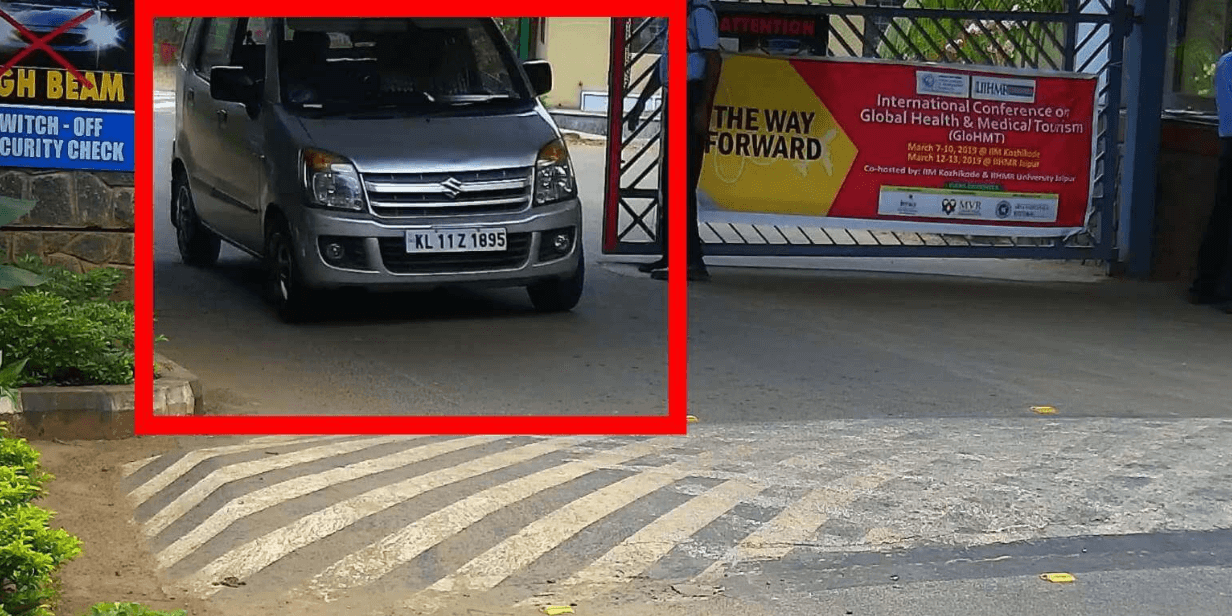
Car going out of an establishment as processed by Plate Recognizer ALPR. Source: Plate Recognizer
ALPR cameras have a wide range of practical applications. These cameras can help identify wanted vehicles, apprehend suspects, enhance public safety, and streamline various operations involving vehicles. Here are a few more examples of how ALPR cameras are used:
1. Law Enforcement
ALPR cameras play a crucial role in law enforcement efforts. They can quickly scan and recognize license plates, allowing law enforcement agencies to identify stolen vehicles, track down suspects, and aid in investigations. ALPR data can be compared against databases of wanted vehicles or vehicles associated with criminal activity, enabling law enforcement officers to take appropriate actions swiftly and efficiently.
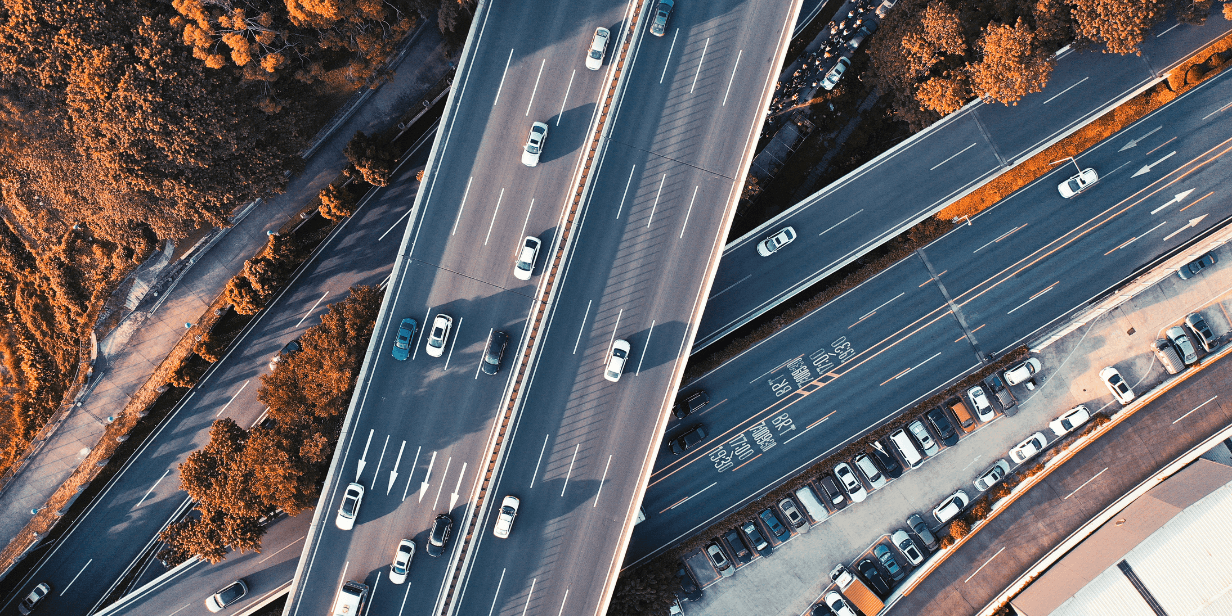
Aerial shot of streets. Source: Canva
2. Traffic Management
ALPR cameras are used in traffic management systems to monitor and regulate traffic flow. They can detect and record license plates, enabling authorities to enforce traffic rules, detect violations such as speeding or running red lights, and issue tickets or citations automatically. ALPR cameras help improve road safety, reduce traffic congestion, and enhance overall traffic management strategies.
3. Parking Enforcement
Also known as ANPR cameras, they are extensively used in parking enforcement to ensure compliance with parking regulations. They can quickly scan and identify vehicles that have exceeded their allotted parking time or violated parking restrictions. By automating the process of detecting parking violations, ALPR cameras help improve efficiency and accuracy in parking enforcement operations.
4. Toll Collection
Because ALPR cameras can capture license plate information of vehicles passing through toll booths without the need for physical tollbooth attendants, ALPR cameras play an important role in toll collection systems.
5. Private Security
License plate recognition cameras are utilized by private security firms to enhance the security of facilities and premises. They can monitor and record license plates of vehicles entering or exiting a property, providing valuable information for access control and visitor management. ALPR cameras can help identify authorized vehicles, detect suspicious or unauthorized vehicles, and contribute to overall security protocols.
6. Asset Tracking and Management
In commercial and industrial settings, ALPR cameras can be utilized for tracking and managing vehicle fleets. By capturing license plate data, organizations can track vehicle movements, monitor usage, and ensure proper management of their assets, these cameras provide valuable information for logistics, fleet management, and inventory control.
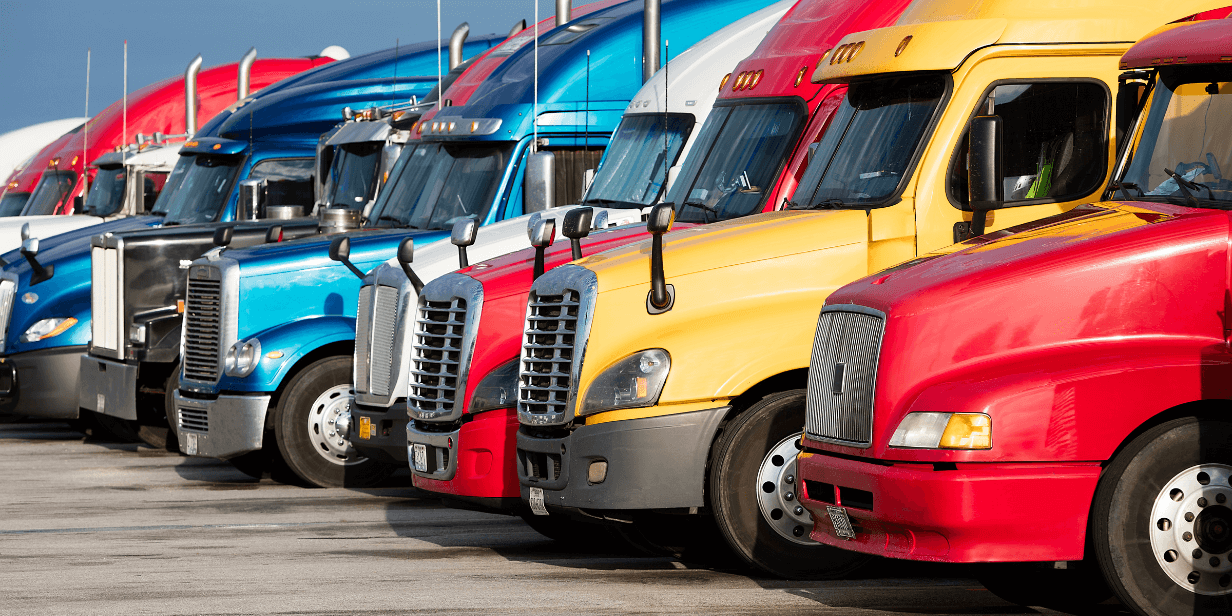
Semi Trucks Parked at a Truckstop. Source: Canva
These are just a few examples of the diverse applications of LPR cameras. The versatility of this technology makes it an invaluable tool in multiple industries, contributing to improved security, efficiency, and data-driven decision-making. The ability to automate license plate recognition processes enhances productivity and enables organizations to focus their resources on more critical tasks.
Considerations When Buying an LPR Camera Solution

Security cameras are being installed. Source: Canva
So what should you think about before purchasing an ALPR camera? You need to take into account several factors:
- Angle, Distance, and Installation Location – strategic installation is important to ensure the camera’s field of view covers the targeted vehicles effectively.
- Price and Budget – consider the total cost of ownership and the overall value the system provides.
- Durability and Vandal Resistance – look for cameras with high durability ratings and resistance to tampering or impacts.
- Additional Hardware and Maintenance – assess the need for additional devices and consider the maintenance requirements of the camera.
- Power and Connectivity – determine the best power and connectivity options based on the installation location.
If you’d like more tips on how to choose an ALPR camera for your business or for your personal use, we recommend reading 5 Tips Before Buying a License Plate Reader Camera.
What’s next after getting the right ALPR camera?
While ALPR cameras offer valuable capabilities, they do have certain limitations. The most common one would be low accuracy in reading license plates. You would typically get a 70-80% accuracy rate. Also, ALPR software in these kinds of cameras is not updated.
You can address these limitations by partnering your ALPR cameras with ALPR software which makes them more suitable for your business needs.
Plate Recognizer is an excellent ALPR software to consider. The software is designed to handle complex image processing algorithms, ensuring highly accurate and efficient identification of license plate characters from the camera’s captured images.
Additionally, updates are regularly done every 3 to 6 weeks to ensure our ALPR engine stays accurate in reading license plate characters, adapts to new license plate designs, and incorporates performance enhancements. This continuous improvement cycle guarantees that the integrated ALPR system remains efficient, reliable, and compliant with changing regulations.

Plate Recognizer engine decoding plates of cars with decorative stickers. Source: Plate Recognizer
ALPR Dashboard through ParkPow

Overview of ParkPow Dashboard. Source: ParkPow
When integrated with ParkPow (same company as Plate Recognizer), you can access a powerful ALPR dashboard that’s comprehensive, user-friendly, and packed with insights and tools. With a quick glance activity chart, you can effortlessly monitor vehicle activity and identify popular vehicle tags. Whether you need to drill down into a pre-defined or custom time period or track the duration of vehicles’ stay, the dashboard provides clear and actionable data at your fingertips.
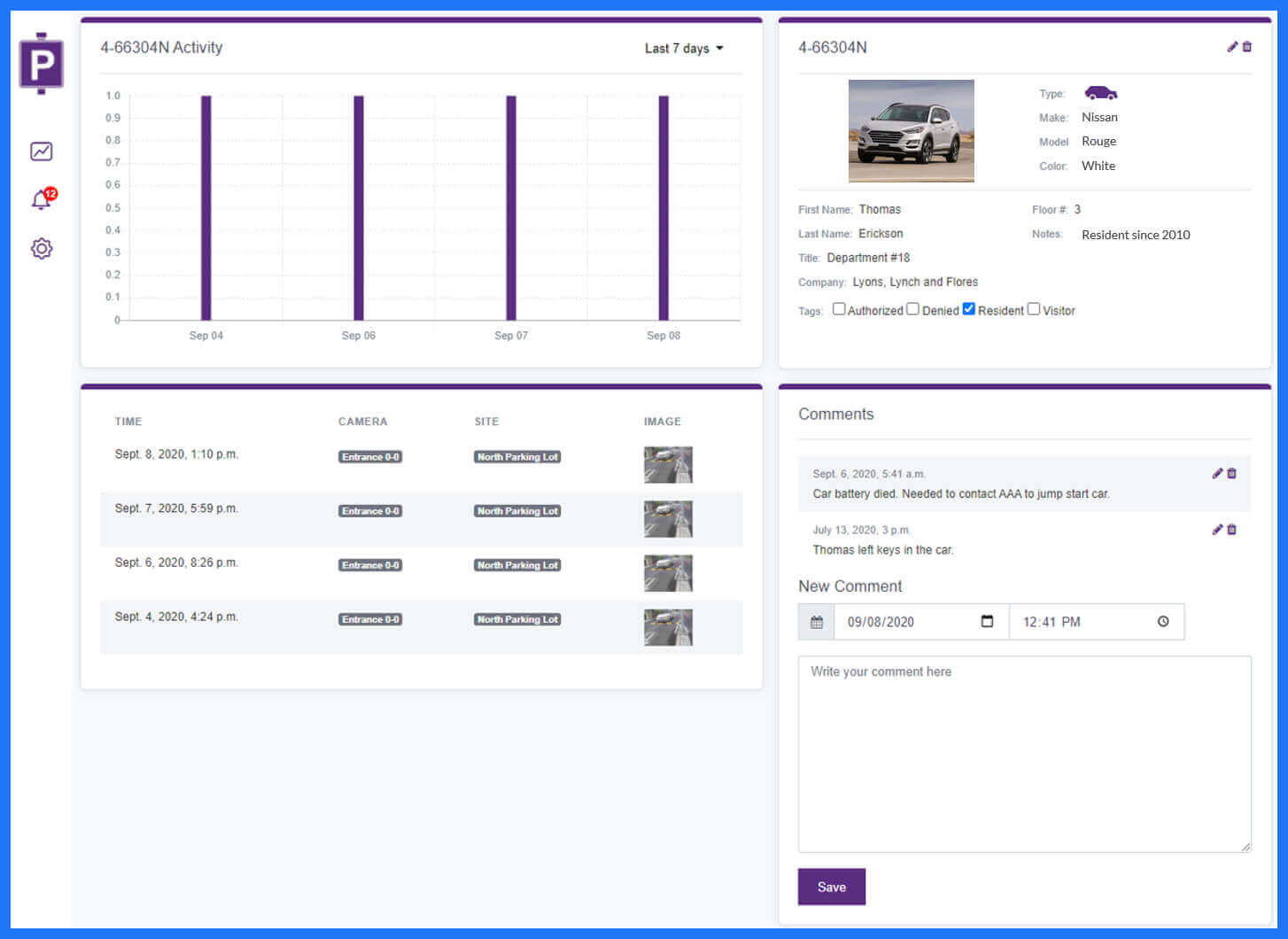
ParkPow ALPR Dashboard with Vehicle CRM feature. Source: ParkPow
The ParkPow ALPR dashboard also offers a comprehensive search feature that allows you to search by full or partial plate numbers. For example, if you need to perform a complex search like identifying a blue SUV in the North Area with “77” in the plate from the last two days, it can be done.
It’s even possible to receive notifications when certain vehicles enter your site, know when visitors are still on-site after 9pm, and track when a visitor has parked for an extended period. These alerts can be sent via email or MQTT to your access control system, ensuring you stay connected and take prompt action when needed.
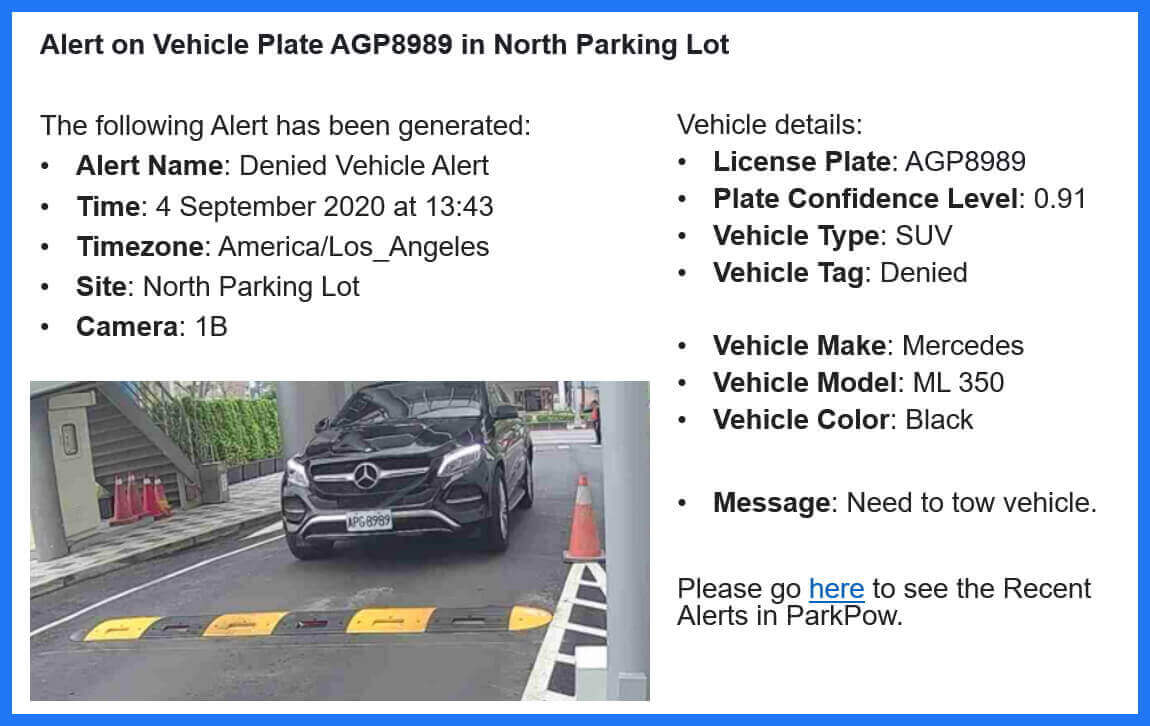
Custom Alerts feature on ParkPow ALPR Dashboard. Source: ParkPow
Lastly, the dashboard has a Vehicle CRM feature that lets you view all activity of a specific vehicle across all sites, providing valuable insights for better decision-making. View vehicle details and related meta-data, such as Name, Company, and Department, and add or read prior comments about a specific vehicle. ParkPow allows you to create custom tags and associate them with license plates, making it easy to categorize vehicles as Employees, Visitors, or any other designation you need.
To know more about ParkPow’s ALPR Dashboard, check out more of its features here.
See the Difference for Yourself


PlateRecognizer plate reading accuracy. Source: PlateRecognizer
If you’re curious to experience the difference between using a stand-alone ALPR camera and harnessing the full potential of an ALPR Camera integrated with Plate Recognizer, do a head-to-head test to see which works better.


PlateRecognizer plate reading accuracy in dim light. Source: PlateRecognizer
In this test, all you need is a 2-hour video clip captured by the actual camera. First, run the video through your ALPR camera, and note the results it produces. Then, take the same video clip and process it using Plate Recognizer.
While the stand-alone ALPR camera undoubtedly offers valuable license plate recognition capabilities, you’ll notice a whole new level of accuracy, efficiency, and real-time processing when utilizing Plate Recognizer.


PlateRecognizer plate reading accuracy for various license plates. Source: PlateRecognizer
The best part is, you won’t be left to figure it out on your own. Our expert team will be there to assist you throughout the process, guiding you to understand the contrast in performance and the tangible benefits of integrating Plate Recognizer with your ALPR camera.
You can sign up for an account to test drive Plate Recognizer for free. Our team can even help you set up the test and analyze the results. Don’t hesitate to send us a message.